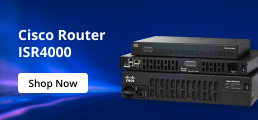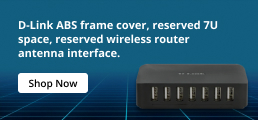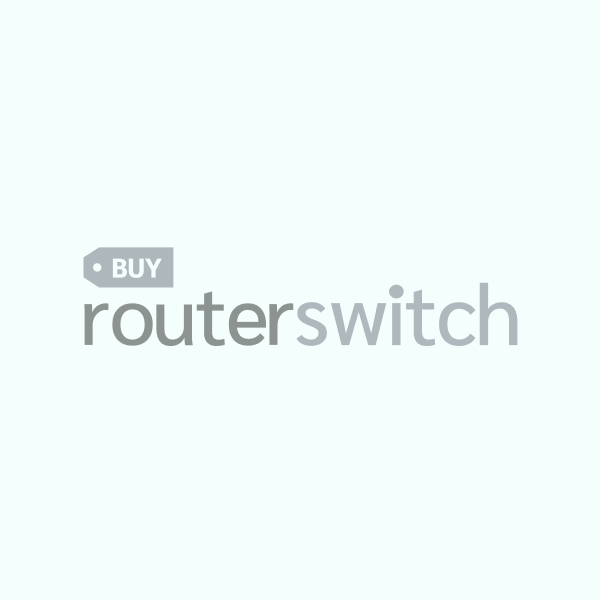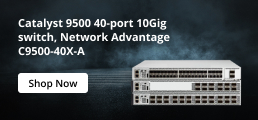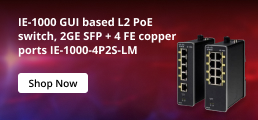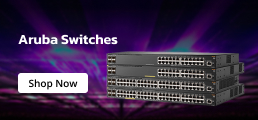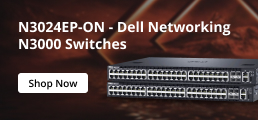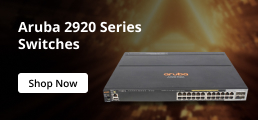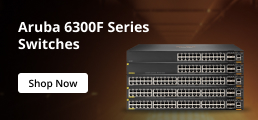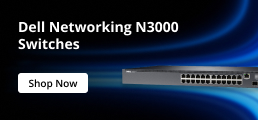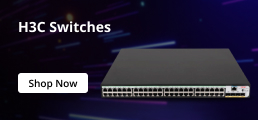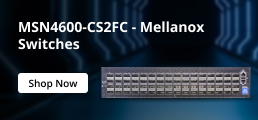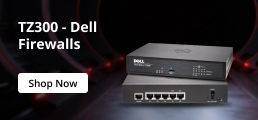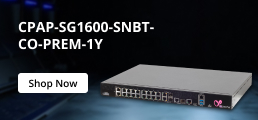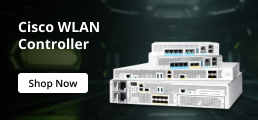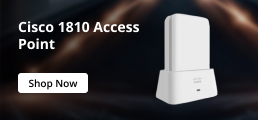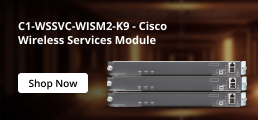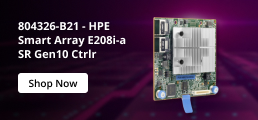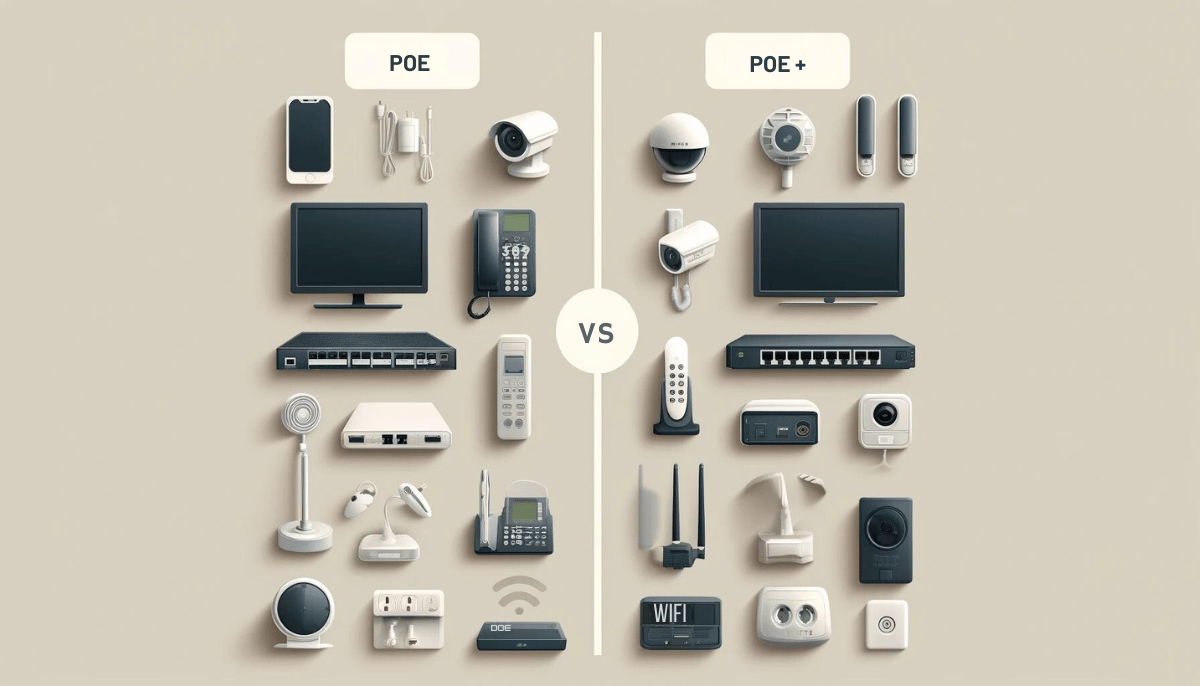Table of content
Introduction:
Almost every network administrator strives for simplified network management, integration, and easy installation of networking devices into a network. Once, it was taken as usual to tackle a number of extra power cables when setting up a new network. Time was consumed as the task was daunting and complex. Thankfully, we witness PoE technology along with various PoE standards. Nowadays, technologies Like PoE and PoE+ are being used to power devices on a network without needing extra power cables leaving network administrators with simple and effective management. That’s the reason, topics like POE vs POE+ have become a must-read for networking-related individuals. If you are looking for an expert and intelligible guideline on ‘PoE vs PoE+’ stop searching anymore and start reading this informative blog right here.
PoE vs PoE+: What Do You Need To Know?
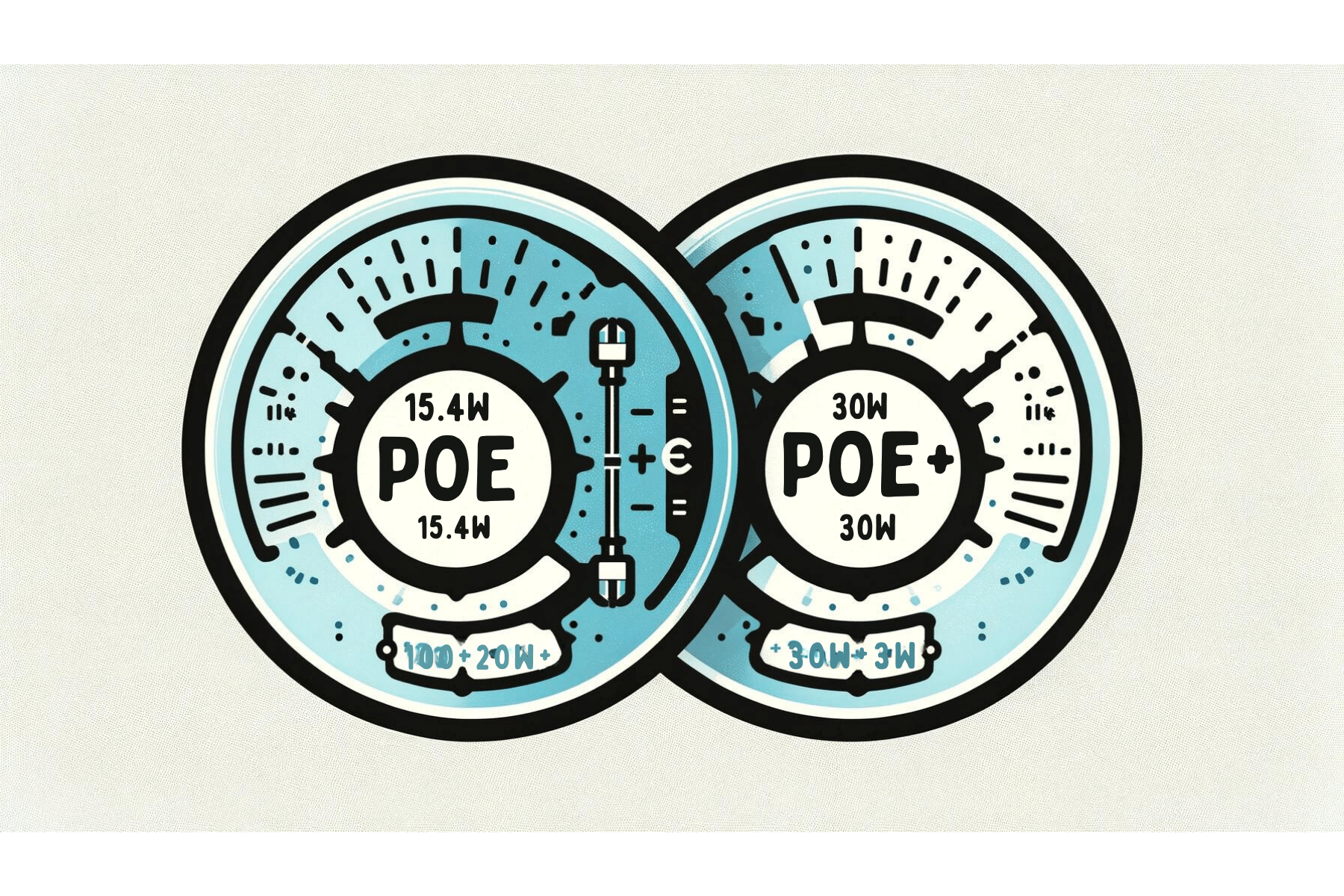
PoE or power over Ethernet is a technology through which you can transmit power as well as data over a single Ethernet cable instead of setting up a back-breaking wire system. PoE standards bring ease of installation as well as management eliminating the daunting task of multiple power cables.
People wonder if ‘PoE vs PoE+’ means the same PoE. But, technicalities suggest something different. PoE is comparatively an old version of PoE+. In other words, PoE+ is an advanced and up-to-date version of PoE offering advanced features and capabilities.
What is PoE?
PoE switch, PoE Part 1 or 802.3af is a network switch capable of delivering data as well as electrical power over an Ethernet cable to the devices connected to a network. It is best known for its simplified management and easy installation providing up to 15.4W of power per port.
PoE is mainly used in households and small businesses to boost the power delivery in a networking infrastructure. Despite being an older version of the power of Ethernet, it is still a go-to option for many networking scenarios.
Key Features of PoE:
- Has Power Delivery: Up to 15.4 watts per port.
- Has a Voltage 44-57 volts DC.
- Current Up to 350 mA.
- Has A Total Power Budget Typically 12.95 watts (after power loss considerations).
- Applicable in Phones, basic cameras, access points, switches, and accessory edge devices.
What is PoE+?
It goes further from PoE and provides 30W per port. Also known as 802.3at (as it supports IEEE802.3at), PoE+ brings forward higher power delivery as compared to the older version of PoE. Its enhanced power capacity allows the support of industry-demanding devices, such as pan-tilt-zoom (PTZ) cameras, video conferencing systems, and high-performance Wi-Fi access points.
PoE+ is a modernized network switch and hence it is suitable for complex network infrastructure and large-scale businesses. It is taken as a prime option in environments where higher energy is required for network operations.
Key Features of PoE+:
- Has Power Delivery Up to 30 watts per port.
- Has 50-57 volts DC Voltage.
- Current Up to 600 mA.
- Has A Total Power Budget of Typically 25.5 watts (after power loss considerations).
- Applicable in Wireless access points, advanced IP cameras, and some VoIP phones.
PoE vs PoE+: How Do They Differ?
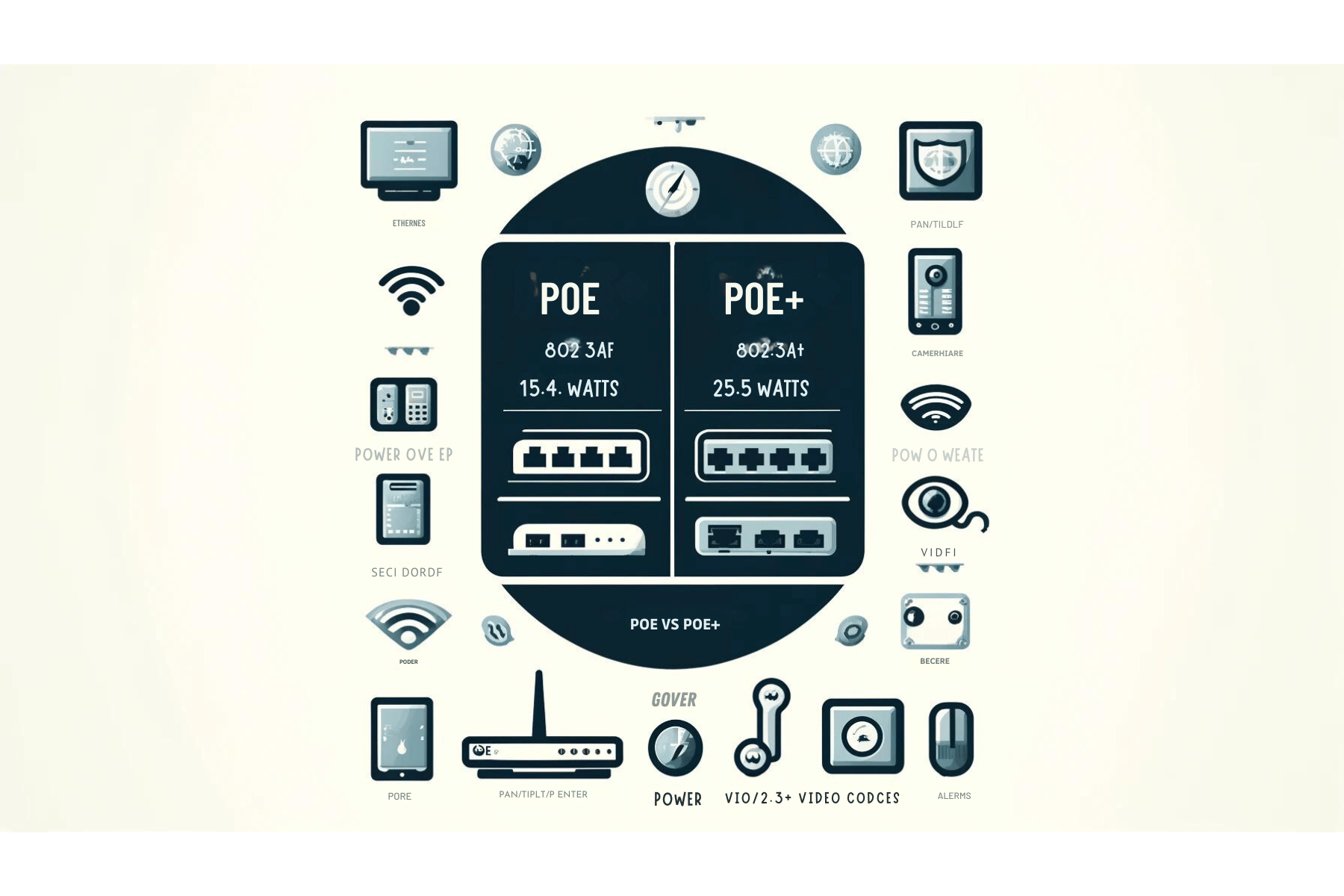
What is the main difference between PoE vs PoE+? Putting simply, the main differences lie in their IEEE standards, Voltage range, allowed cables, and use cases. PoE with up to 15.4W per port and PoE+ up to 30W per port, used accordingly in households, small-size businesses, complex networking environments, and large-scale businesses with high energy requirements.
In order to understand their distinctions and specifications without consuming hours, just look at the following tables to get a crystal idea about ‘PoE vs PoE+’.
PoE vs PoE+: A Quick Comparison:
| / | PoE | PoE+ |
| PoE Type | Type 1 | Type 2 |
| IEEE Standard | IEEE 802.3af | IEEE 802.3at |
| Switch Port Power: Max. Power Per Port | 15.4W | 30W |
| PoE Voltage Range | 44-57V | 50-57V |
| Max. Power to Device | 12.95W | 25.5W |
| Voltage Range to Device | 37-57V | 42.5-57V |
| Twisted Cable Pairs Used | 2-Pair | 2-Pair |
| Supported Cables | Cat3 or better | Cat5 or better |
| Max. Current Imax | 350mA | 600mA |
| Max. cable resistance per pair set | 20Ω (Category 3) | 12.5Ω (Category 5) |
| Power management | Three power class levels (1-3) negotiated by signature | Four power class levels (1-4) negotiated by signature or 0.1 W steps negotiated by LLDP |
| Derating of max. cable ambient operating temperature. | None | 5℃ (9℉) with one mode (two pairs) active |
| Supported modes | Mode A (endspan), Mode B (midspan) | Mode A, Mode B |
| -VoIP phones
-Sensors /Meters -Stationary cameras |
-Pan /Tilt/Zoom cameras
– Video IP phones – Alarm systems |
-Video-conferencing system components
-Building management devices |
PoE vs PoE+: How To Select The Best?
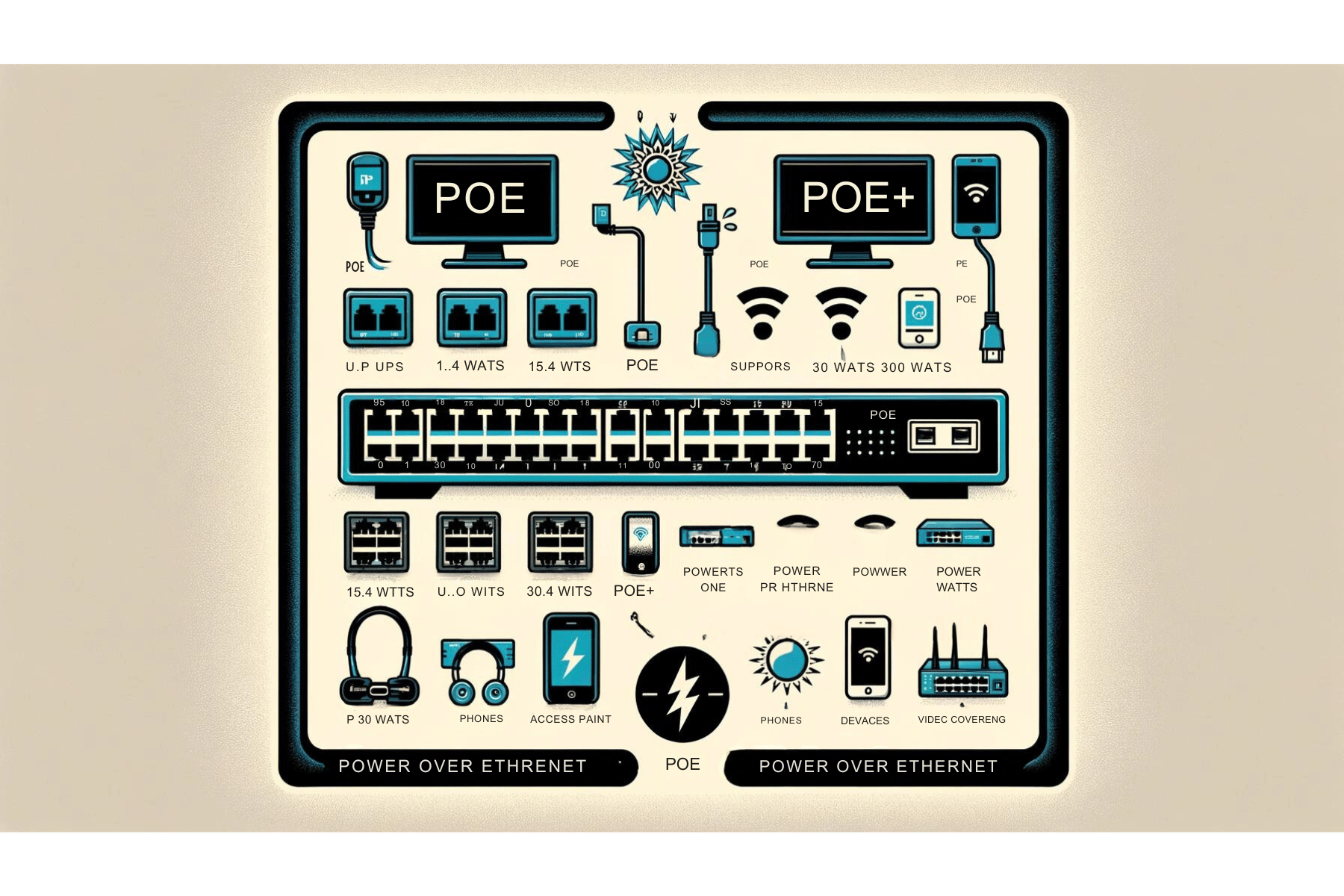
It’s not a simple task to decide which one you should choose from PoE vs PoE+. The reason is every networking system has its own requirements, appliances, and environmental demands. Network administrators have to keep an eye on each part to determine their best option.
If you are among such individuals/organizations who are going to select the best Ethernet switch, here is a simple guideline for you that can be used as a roadmap:
Number Of Ports Needed: Which type of port density do you need? It is the most important part to consider. Every ethernet switch comes with a number of ports. You can power more devices if you have a multiple-port Ethernet switch.
How Many Devices You Need To Power: There is a thing called Power Budget and you can determine it by considering the number of devices you need to power and the amount of power you need for every device. It helps you go with the best from ‘PoE vs PoE+.’
PoE Compatibility: This is the most crucial part, ensure that your networking devices are compatible with PoE. Otherwise, there is no way to power your device.
Conclusion:
To wrap up the entire story, PoE or power over Ethernet switches are an inseparable part of today’s networking landscape. Whether it is PoE or PoE+, networking environments have to turn their heads when it comes to hunting simplified management. From simplified management to powering devices 15 to 30W per port, PoE and PoE+ provide you with everything you demand. Now, you have the chance to select the best from ‘PoE vs PoE+’ in the light of our comprehensive guide. Don’t hesitate to hit us up when you have queries related to networking. Best of luck!
Frequently Asked Questions:
What is PoE in simple words?
PoE or Power over Ethernet is a network switch that delivers data as well as electrical power over Ethernet cables. It eliminates the requirement of extra power cables providing simplified network management and power up to 15.4W per port.
What are the main types of PoE?
Since PoE has a wide classification of standards, it can be categorized into different types. Mostly used to date, there are 4 PoE types based on the IEEE PoE Standard: Type 1 PoE (IEEE 802.3af), Type 2 PoE+ (IEEE 802.3at), Type 3 PoE++ (IEEE 802.3bt), and Type 4 PoE+++(IEEE 802.3bt).
Which one should I choose from PoE vs PoE+?
To go with the best from PoE vs PoE+, you have to determine certain scenarios including the number of devices you are going to power, the amount of power, you need, and most significantly compatibility of your networking devices.
When to use PoE?
Since PoE deals with both data and power, there is only one Ethernet cable for each device. These Ethernet switches are used when you have limited power outlets or a narrow space for cabling. That’s the reason PoE is mostly deployed in households and small-size businesses.
Which is the best from PoE vs PoE+?
They benefit you in their own ways. If you have a small-scale business with limited space and power outlets, the best choice is PoE. On the other hand, PoE+, as an updated version of PoE, is the best choice for complex network ecosystems and large-scale businesses.




 Catalog
Catalog

